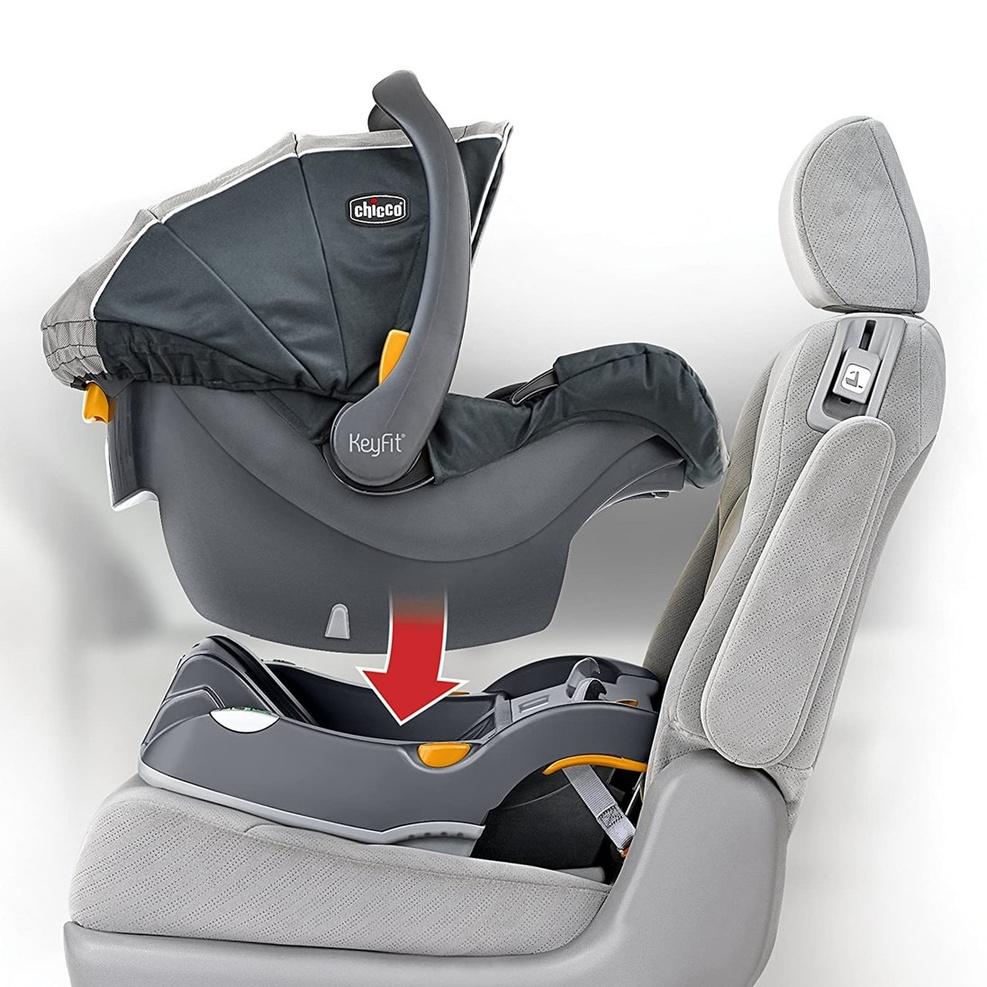
1 minute read
Best Uses of Car Seats
Understanding how to best use each type of car seat at various stages of your child's growth is crucial in providing them with the utmost safety during car rides.
Infant Car Seats: The First Ride Home Infant car seats are designed for newborns and can be used until your child weighs about 22 to 35 pounds, depending on the specific model. This type of car seat should always be installed in the rear-facing position of the car's back seat.
This position is the safest as it offers the best protection for the baby's delicate head, neck, and spine in the event of a sudden stop or crash.
These seats typically come with a base that stays in the car, allowing you to click the carrier in and out without having to reinstall it before every trip.
This way, you can move your baby from the car to the stroller without disturbing them.
Convertible Car Seats: Growing with Your Child
Convertible car seats are the next step once your child has outgrown their infant car seat.
They are called 'convertible' because they can start as a rear-facing seat and then turn to face forward as your child grows.
As per the American Academy of Pediatrics, it is recommended to keep your child rear-facing for as long as possible, ideally until they reach the highest weight or height allowed by their car seat. This position offers better support for your child's head, neck, and spine.
When your child is ready to transition to the forward-facing position (usually around two years old or when they exceed the rear-facing weight/height limit), the convertible car seat can be turned around. It can then be used as a forward-facing seat with a harness for several more years.
Booster Seats: The Bridge to Seat Belts
Booster seats are the final stage in car seat usage.
They're designed for older children who have outgrown the weight and height limits of their forward-facing seats.
Booster seats literally 'boost' the child's height so that the car's seat belt fits them correctly. This means the lap belt lies snugly across the upper thighs, not the stomach, and the shoulder belt crosses the middle of the chest and shoulder, not the neck or face.
Booster seats should be used until the car's seat belt fits correctly without it, typically when the child is around 4 feet 9 inches tall and aged between 8 to 12 years old.
By following these recommendations, you ensure that your child gets the most out of each stage of their car seat, maximizing their safety and comfort during every car ride.


